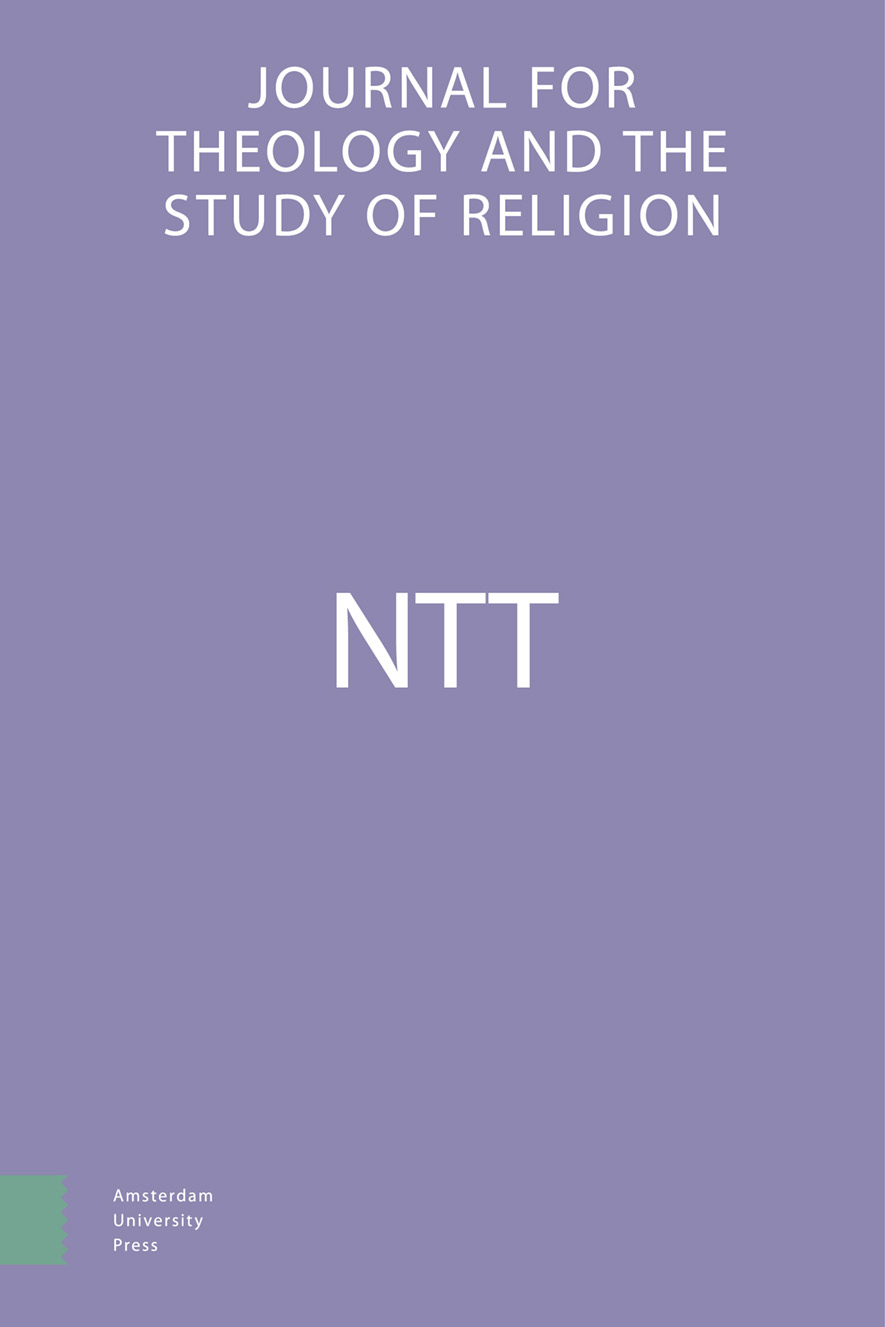-
oa Autoriserende hermeneuse als interreligieus fenomeen
- Amsterdam University Press
- Source: NTT Journal for Theology and the Study of Religion, Volume 39, Issue 1, jan. 1985, p. 276 - 294
-
- 01 jan. 1985
Samenvatting
In this article three examples of hermeneutical approaches to sacred scriptures are described. Two of them are related to the Bhagavadgītā (the Bicentenary of the first English translation of which is being memorated this year), namely those of M. K. Gandhi and G. S. Khair. The third, that of the Dutch Old Testament scholar, H. E. J. Renckens, is related to the Bible. Making use of the concepts homology and hierophany these approaches are analysed with a view to the question as to what they have considered to be ‘sacred’ in these scriptures. All three approaches may be characterized as ‘authorizing hermeneutics’. This means a. that the authority of the sacred scripture is sought in the experience of its authors in order b. to enable the contemporary reader to follow in the footsteps of these authors. The mentioned exegetes clearly distinguish this hermeneutical approach from a ‘fundamentalistic’ exegesis, for which the text of the scriptures forms the sacred authority. This was the way Gandhi’s murderer, Godse, understood the Bhagavadgītā. Authorizing hermeneutics is said to obviate the scientific and even ethical problems which arise when authority is connected directly with the text. Moreover, it appears possible, via this hermeneutic, to discover a striking similarity between the essential message of the Bhagavadgītā and that of the Bible. However, in consequence of the anachronistic way in which the author of the past is dealt with, authorizing hermeneutics offers no more reasonable a solution to the problems of interpretation mentioned above than does the so-called fundamentalistic approach.


